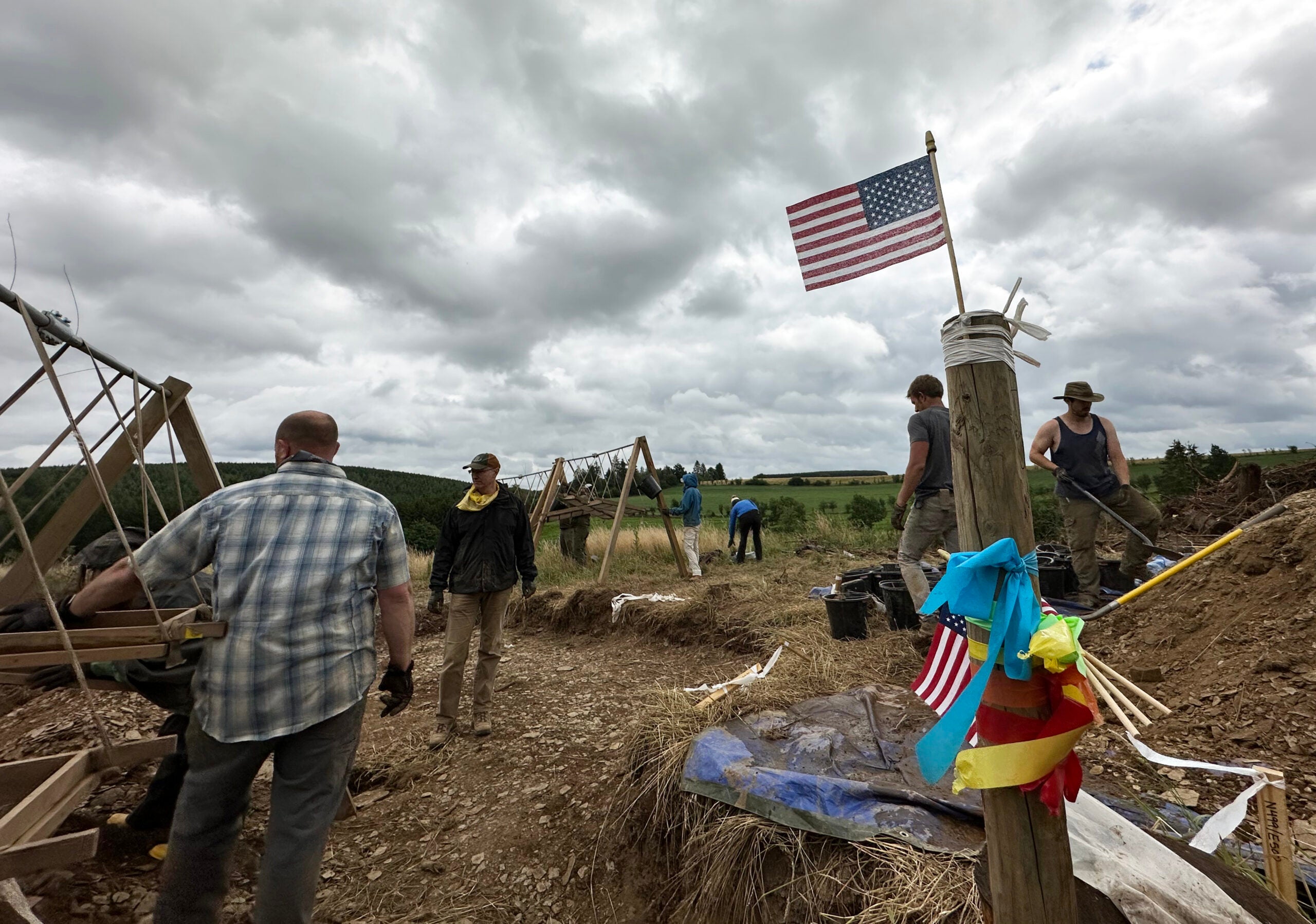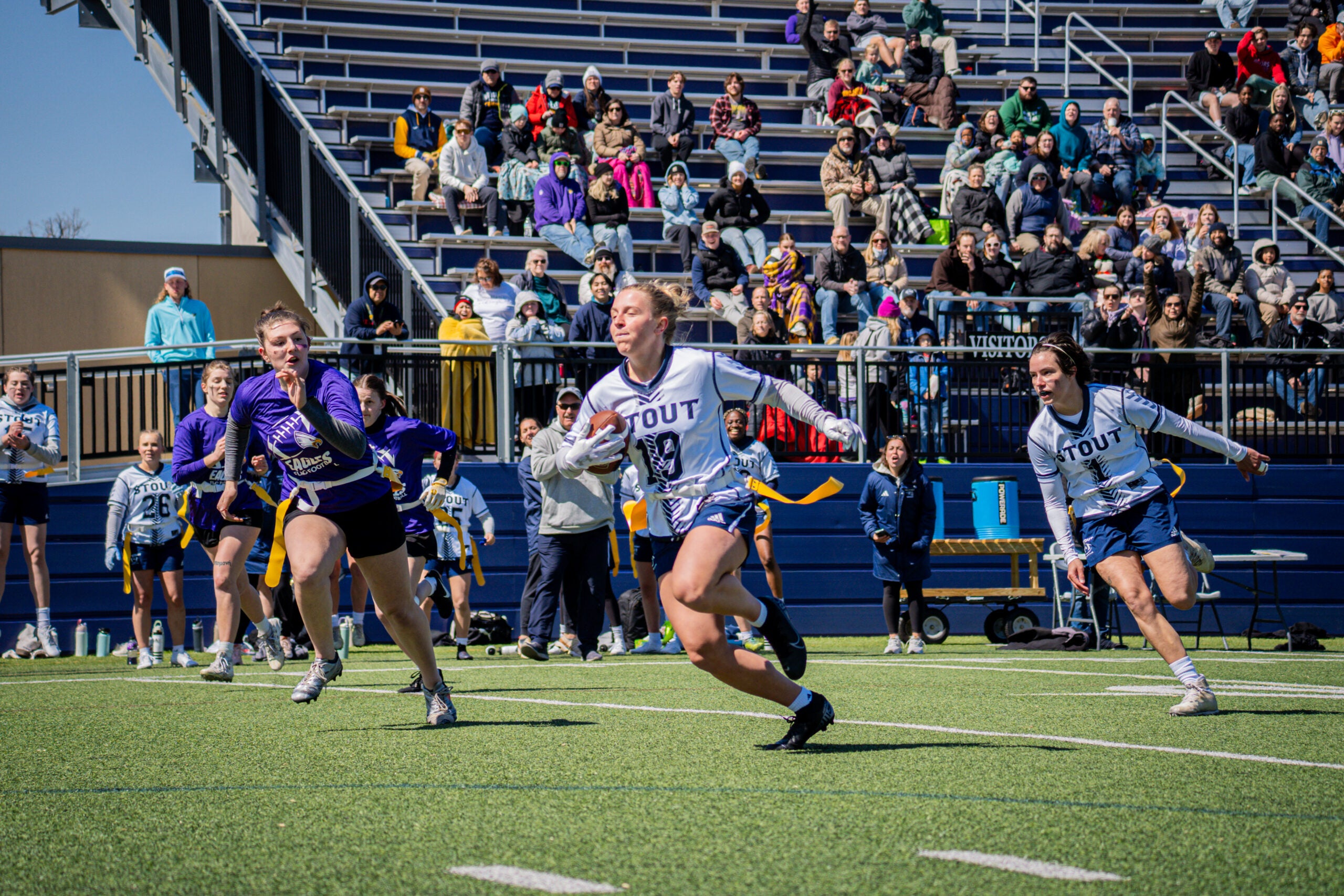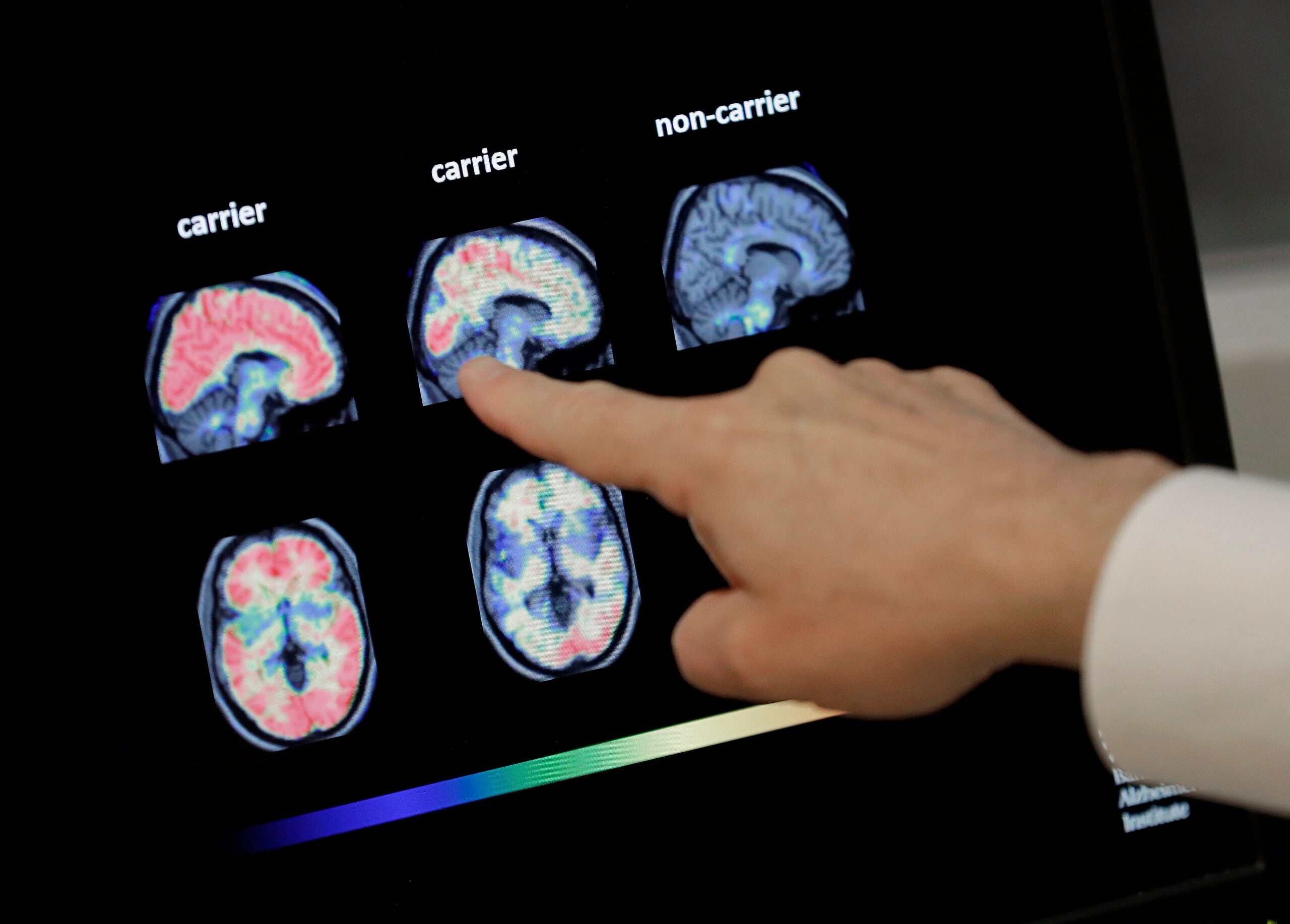Every county in Wisconsin has at least one service member missing in action since Pearl Harbor. A team at the University of Wisconsin-Madison is working to identify them and others at sites around the world.
Graduate and undergraduate students, professors and others at the university make up the team working on the Missing in Action Recovering and Identification Project, or UW MIA RIP. They all volunteer their time to travel to sites around the globe to find and repatriate the remains of soldiers lost in war.
The U.S. service members lost since Pearl Harbor number 82,000. Some are still with the planes that were shot down decades ago hidden by a changed landscape. Others’ remains are unintentionally dug up during building projects. Still, others are somewhere at sea.
News with a little more humanity
WPR’s “Wisconsin Today” newsletter keeps you connected to the state you love without feeling overwhelmed. No paywall. No agenda. No corporate filter.
Of those missing service members nationwide, 1,500 hailed from Wisconsin, including 1,300 who served in WWII, 160 in the Korean War and 26 in the Vietnam War.
“It is hard to find a part of the world that does not have missing Wisconsinites,” said Dr. Ryan Wubben, the team’s physician, in an interview on “The Larry Meiller Show.” “And so it is truly a worldwide endeavor involving Wisconsinites from all over the state.”
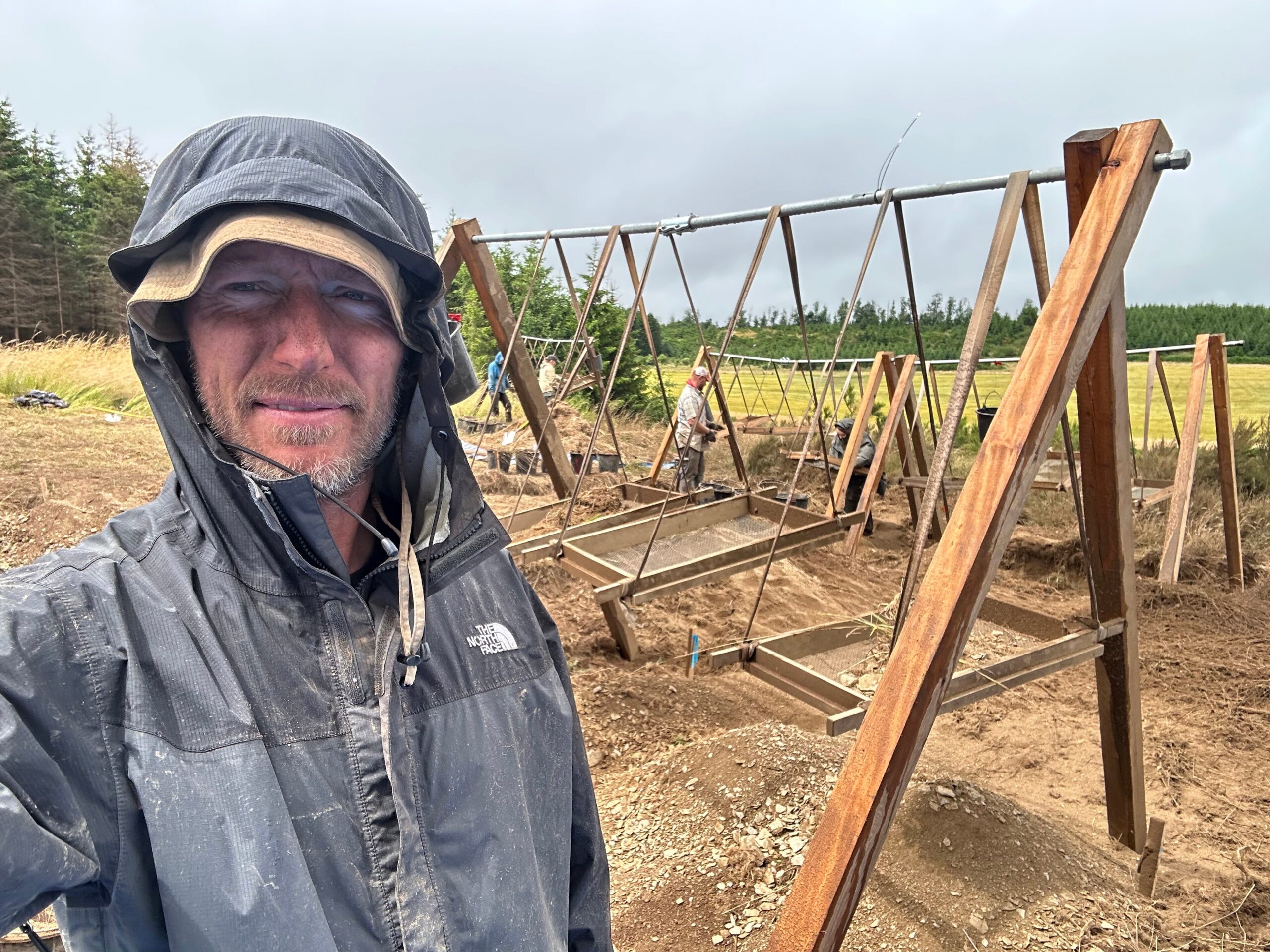
Wubben and the team most recently were in Bastogne, Belgium, this summer, where they worked on their fourth recovery.
Although Wubben said the team would ultimately prefer to work on finding missing Wisconsinites, their work is “nondenominational.” In other words, because the team works directly with the Department of Defense, the volunteers go where they’re asked to go, no matter where the lost service member is from.
UW-Madison was first university to partner with Defense Department
The program at UW-Madison began at the end of 2015 in partnership with the Department of Defense’s POW MIA Accounty Agency, or DPAA, which is tasked with providing a full accounting of all the missing since Pearl Harbor.
The university was the Department of Defense’s first academic partner and spurred a host of other university and nonprofit partnerships seeking to put names to 82,000 missing service members across the U.S.
Part of Wubben’s assignment includes heading out into the field for archeological digs, such as an aircraft crash site, to search for remains.
The volunteer work also includes going to national cemeteries, where bodies of unknown soldiers have been laid to rest. Identification is then possible by using historical research and DNA testing on the exhumed bodies.
Wubben, who works as a clinical associate professor with the UW School of Medicine and Public Health and an emergency physician in the BerbeeWalsh Emergency Department, said as an organization on campus, the program is unfunded except for some volunteer funding and donations. He said the program is allied closely with veterans organizations including the Veterans of Foreign Wars, Disabled American Veterans and Rolling Thunder.
Donations from the veterans organizations have helped fund independent research on Wisconsin cases. Notably, donations helped pay for a team to go to Poland in 2022, to aircraft crash sites and cemeteries that involve Wisconsinites.
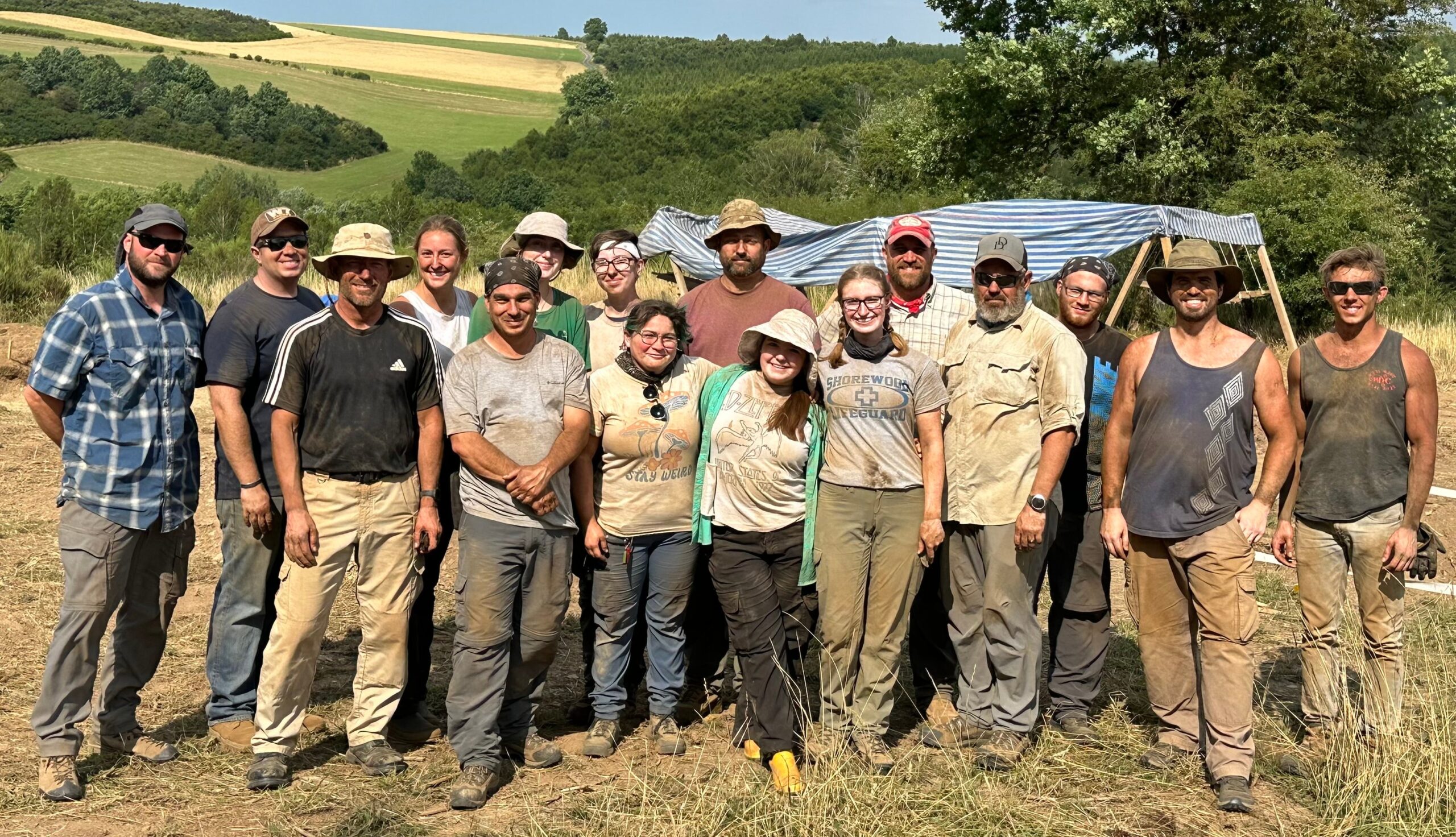
How the sites are located
Wubben said the process is arduous at the outset when determining where to send a crew to excavate remains.
Historians are heavily relied on at the beginning of each case to review missing air crew reports, which were typically typed up by a squadron the day of or the day after an aircraft failed to return home. Those reports contained information like the who, what, when, where and why of the crash or casualty event.
Research could involve following up with eyewitness statements from missing air crew; for example, from prisoners of war who may not have been able to give a statement until well after the crash occurred. Occasionally, Wubben said scouting teams will be sent to speak with local mayors and politicians in communities near casualty sites who can then lean on landowners who may be able to provide more information.
“Many landowners, in their defense, though, are very happy to provide our teams to go in,” he said. “They are compensated by the Defense Department for any lost crops or anything along those lines. But to be honest, we have had great success and very warm and cordial relations with the landowners that we’ve interacted with in France and Belgium in our work so far since 2016.”
Wubben said the team has focused more on “air losses,” simply because there’s more documentation on them. Data on Army and Marine ground losses is more difficult to come by.
“Trying to narrow down where an individual on foot may have gone missing in the immediate aftermath of a combat engagement can be very, very challenging,” he said.
If recovery of a body isn’t possible, families of deceased loved ones might be given closure reports that detail what happened. Wubben said many families appreciate that information because they don’t have the expertise or wherewithal to access the National Archives and find that information.
Wubben said the project solicits help from a variety of volunteers around the state, and those interested in helping or donating should email the team or check out the project’s website and Facebook page.
The project, he said, has an element of detective work that appeals to a lot of the volunteers. It’s true for him, too.
“I have personally been down at the very bottom of an excavation site recovering remains myself, in my hands,” he said. “And once you have that experience and then subsequently follow up with a funeral with the family at Arlington, you’re hooked. There’s nothing quite like that.”
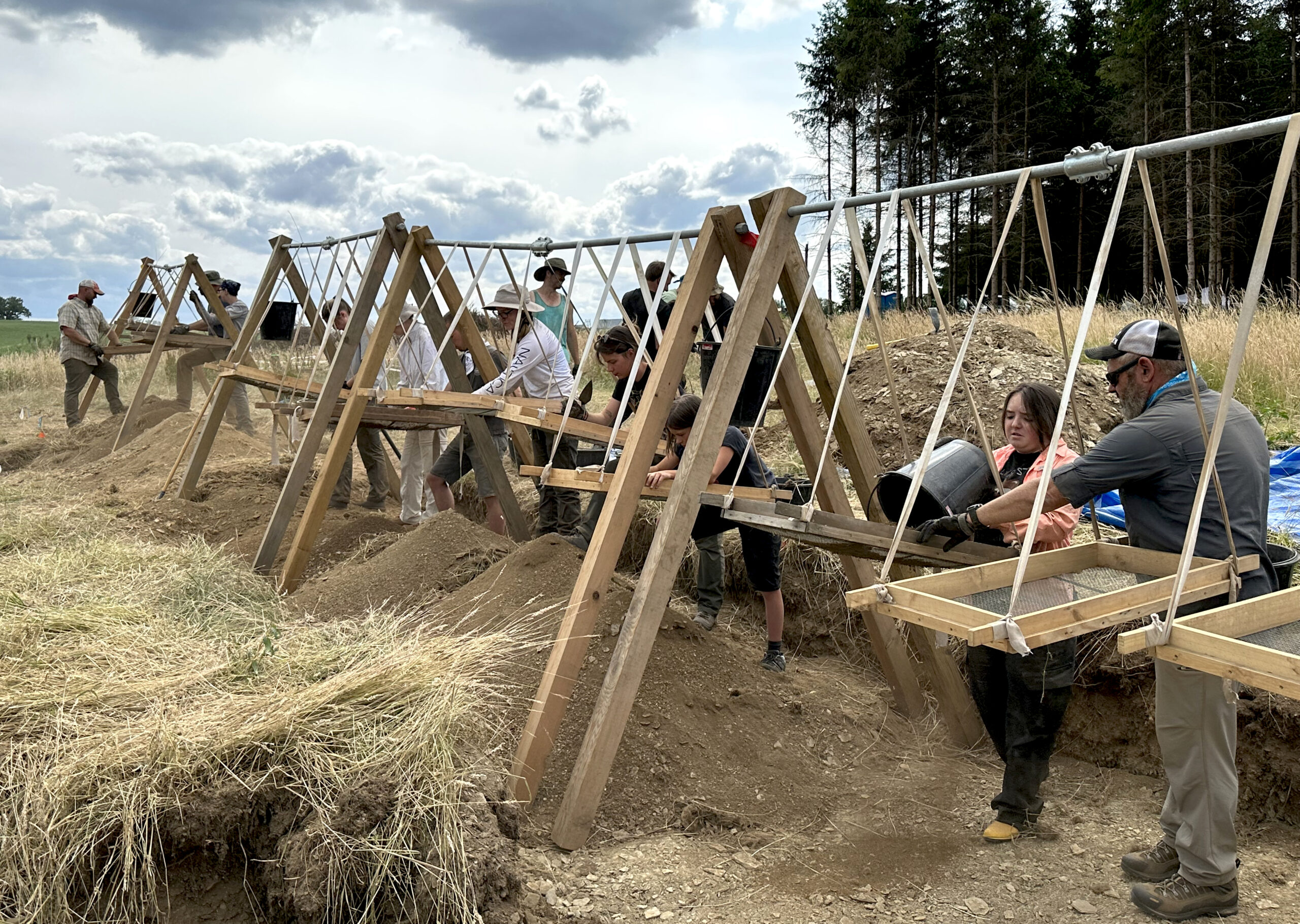
Wisconsin Public Radio, © Copyright 2026, Board of Regents of the University of Wisconsin System and Wisconsin Educational Communications Board.

